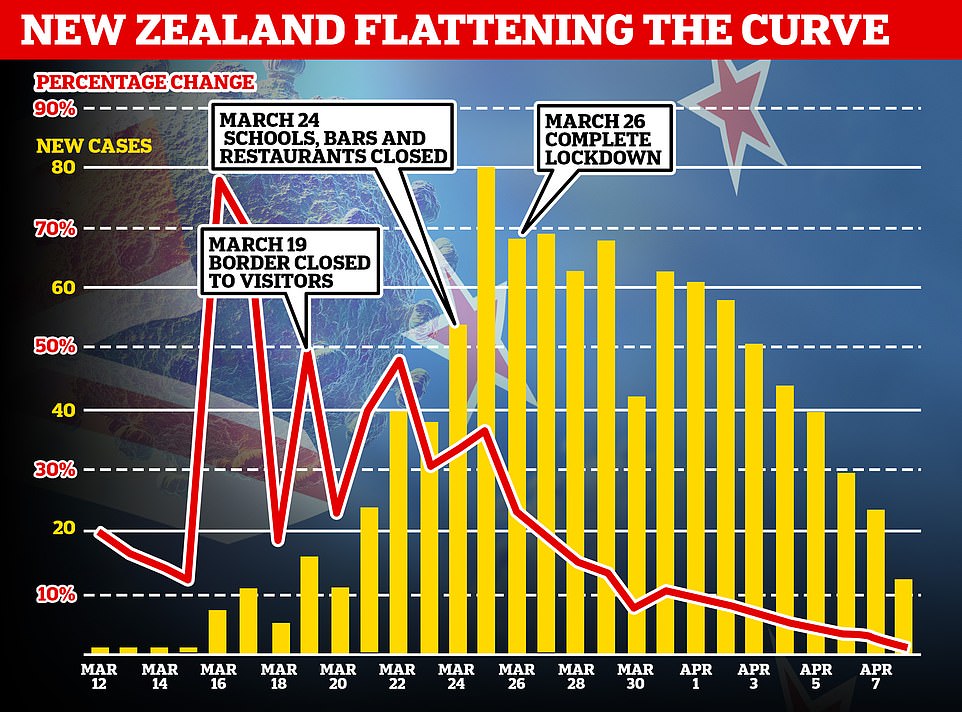Reopening the U.S. Economy

In a conversation with my conservative mother last night, she asked what I would do if I were a state governor and therefore had the task of making these decisions. Here’s what I told her.
First, let me say that this is a case where it’s a good thing that we have a balance of power between the states and the federal government; it’s the perfect example of what could be called “one size does not fit all,” and an intimate understanding of the dynamics of each region of each state is critical to getting all this right.
I’d assemble a small but diverse team of scientists and economists, and use their understanding of the situation to build a comprehensive spreadsheet that I would populate with numbers of all the pros and cons associated with opening a certain sector of the economy on a certain date.
For instance, it would contain:
Pros of Opening Soon
• Smaller negative impact on the economy / quicker return to economic normalcy
• Happier, less deprived, less stressed, emotionally and physically healthier (uninfected) people); less depression and suicide
• Possible reduction in long term impact of the disease as more people are exposed more quickly and thus immunized
• Better educated kids in the long-term (presumably)
• Less civil unrest
• Less corrupt disposition of PPP and other emergency funding
Cons of Opening Soon
• More deaths of the elderly, of the middle aged, and of the young, with the understanding that death of young people is more tragic than death of the elderly
• More suffering from illness not resulting in death
• Steeper infection rate curve, overwhelming health systems and adding to the overall mortality rate, and especially that of healthcare workers
• Allows time for more tests, ventilators, etc. to arrive
• Higher probability of subsequent waves of the disease that are potentially far more devastating than what we’re experiencing currently. This is among the most important elements in our decision-making. It would be very hard for me to take a significant chance that this pandemic could run through our population like the bubonic plague did 650 years ago.
We need to acknowledge all the uncertainty here. Some of these numbers are subjective, e.g., happiness, stress levels, etc. Others are guesswork as well, e.g., better educated kids one they get back to school. In fact, there is not a single data here that is known with any real certainty, and there is a great deal that scientists don’t know about where this will go.
Given all this, erring on the side of caution seems wise, given the enormity of what we’re playing with. It certainly seems to have 
Once all this was in place, I’d:
• Have each member of the team defend the thinking that went into building these numbers in a way I could understand, and finally
• “Pull the trigger,” i.e., making decisions re: the timing of opening various sectors of the state economy, starting (obviously) with businesses that have the most value and the least inherent risk
Now, suppose you’re a conservative. Are you really thinking in a fundamentally different way than the one I just described? Of course not; there really is no other way. You may want to plug in numbers of our own. You might consider stacking the deck with scientists who are known to pooh-pooh the pandemic’s virility and conservative economists, but that’s not allowed. This selection needs to be made with total objectivity, or the whole thing is just a waste of time.
Remarkably, my mother did not fall fast asleep at any point during this phone call. We disagree of many things, but, unlike some intra-familial conversations, ours always stays completely mutually respectful.
